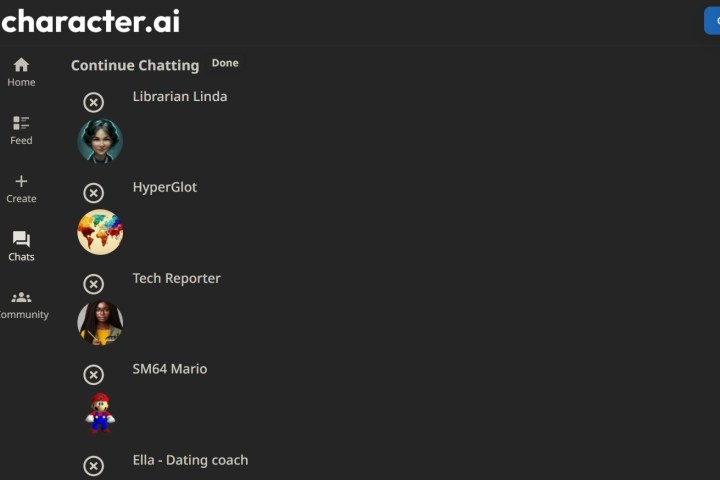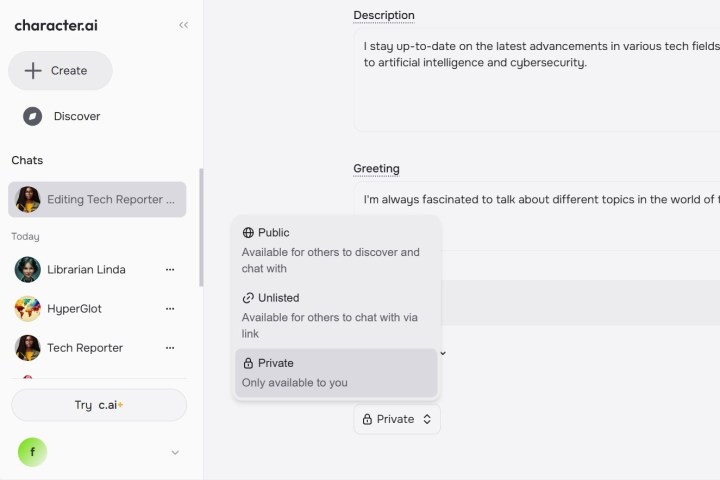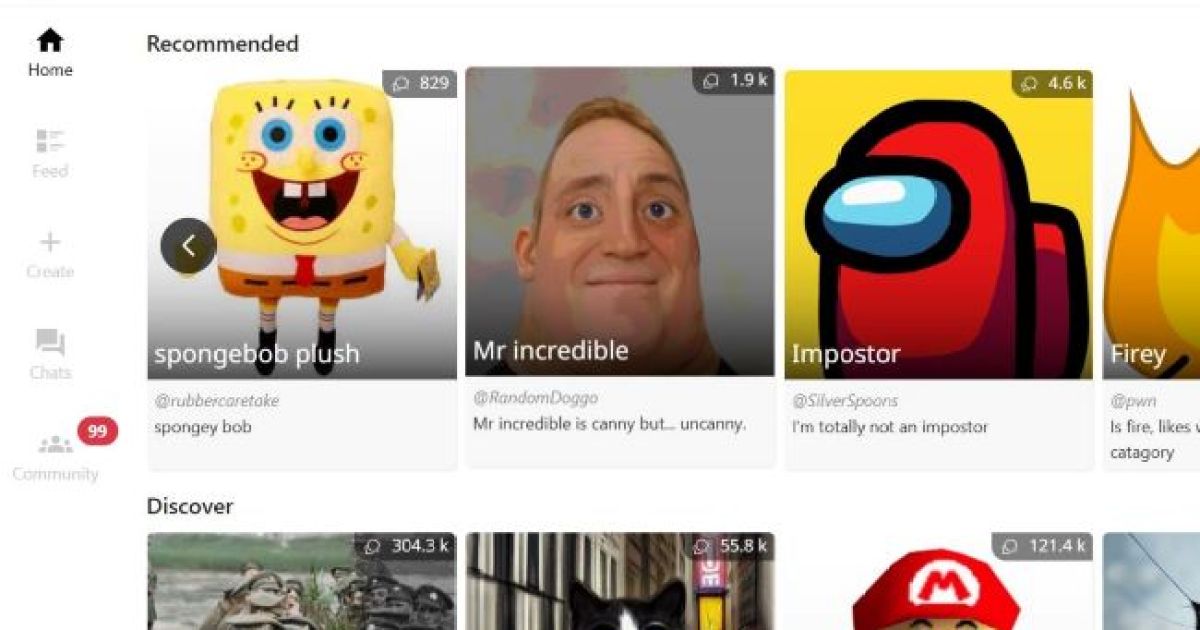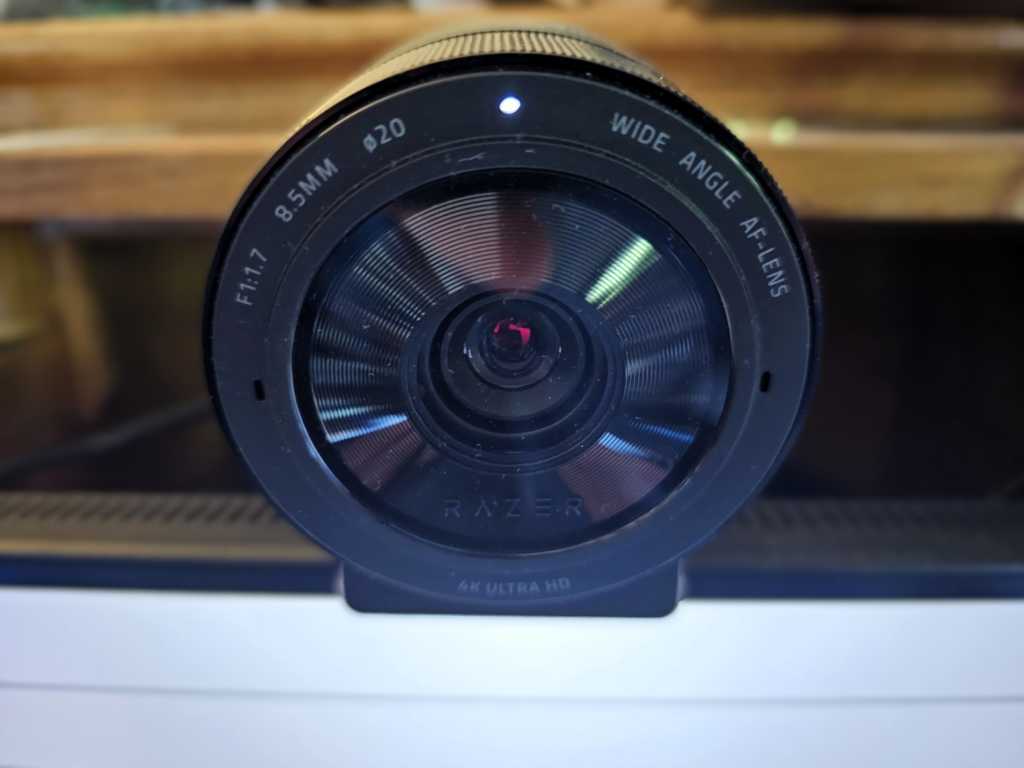Character.AI, a burgeoning chatbot platform, offers a diverse cast of personalities, from celebrities and anime characters to helpful personas like therapists or coaches. It’s easy to initiate multiple conversations and explore these different characters. However, managing numerous open chats can become overwhelming. This guide provides practical tips on organizing your Character.AI interactions and enhancing your user experience.
 Removing third party characters from your Character AI home page.Character.AI interface showing multiple chat threads.
Removing third party characters from your Character AI home page.Character.AI interface showing multiple chat threads.
Removing Third-Party Characters from Your Home Page
Character.AI doesn’t permit the complete deletion of characters, as conversations are public and remain accessible to other users. However, you can remove chats from your home page to declutter your view.
Using the web interface, locate the three-dot settings icon next to each character chat on the left-hand side. Clicking this icon reveals the option to “Remove from recents,” effectively hiding the chat from your home page. Before removing a conversation, consider permanently deleting any old messages within the chat itself.
For users still utilizing the older version of Character.AI, access it by selecting your account name at the bottom of the page and choosing “Back to old site.” On this version, open chats are displayed prominently on the home page. Click “See more” on the right to list all open chats. Selecting “Edit” places an “X” above each chat, allowing you to remove multiple conversations at once by clicking the “X” and then “Done.”
 Removing third party characters from your Character AI home page.Character.AI chat management options.
Removing third party characters from your Character AI home page.Character.AI chat management options.
Managing Your Own Created Characters
Managing your own created characters presents a slightly different process. Similar to third-party characters, permanent deletion isn’t possible, and even after removal from your home page, public characters remain accessible to other Character.AI users.
Instead of deletion, consider setting your character to private. This restricts interaction to only yourself. Access this setting by selecting your account name, then “Public profile.” Find the three-dot icon next to the desired character, click “Edit,” scroll down to visibility, select “Private,” and save the changes. Afterward, you can remove the character from your home page while retaining private access.
 Setting your Character AI profile to private.Character.AI privacy settings.
Setting your Character AI profile to private.Character.AI privacy settings.
Alternatively, you can obfuscate your character by replacing its title and description with random characters, effectively rendering it unusable. This discourages public interaction. Combining this with the private setting ensures complete isolation.
To avoid creating numerous character files, consider reusing existing ones. Update old characters with new specifications to reflect your evolving interests and minimize profile clutter.
For users overwhelmed by the number of characters on their account, deleting the entire account and starting fresh is an option. This permanently removes all characters and associated data. Access this option via your account name, navigating to Settings > Account > Manage account & Data > Delete account. Remember to back up any important data before proceeding.
Conclusion: Optimizing Your Character.AI Experience
Effectively managing your Character.AI interactions ensures a more streamlined and enjoyable user experience. While complete character deletion isn’t currently supported, the strategies outlined above provide practical solutions for organizing your home page, protecting your privacy, and maintaining a manageable character library. By utilizing these methods, you can maximize the potential of Character.AI and focus on engaging with the characters that interest you most.











